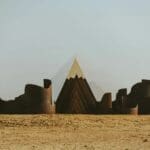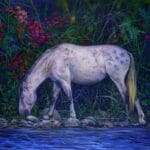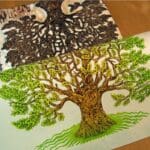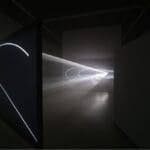image © Sangrim Oh
Supple textures meet bold hues in Sangmin Oh’s elegant Knitted Light series. Drawn to relationships between sculptural forms, textile techniques, and architectural elements, the Netherlands and Korea-based artist developed a collection of soft lamps designed to suspend from the ceiling or sit on chunky, rough-hewn pedestals.
Oh founded Osangmin Studio in 2021, which “focuses on observing trivial and small empty spaces” like the corners of rooms or nondescript alcoves that can be elevated with the addition of color, shape, and illumination.
Read the original article here… and return to discuss on artistvenu below









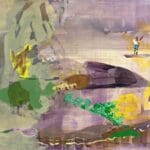
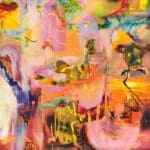



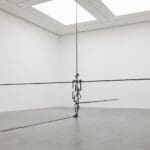
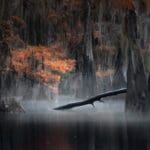

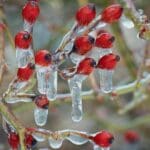
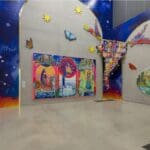



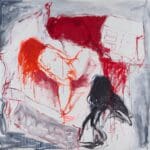

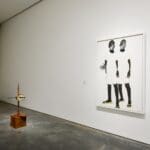
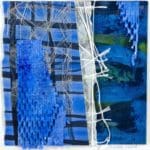
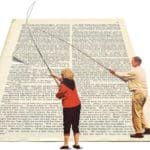


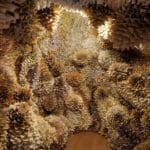
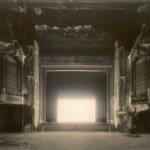
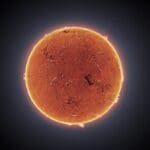
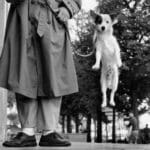

![Artist Shares Secrets of How To Draw Incredibly Realistic Portraits [Interview]](https://artistvenu.studio/wp-content/uploads/2023/12/Screenshot_242-150x150.jpg)


